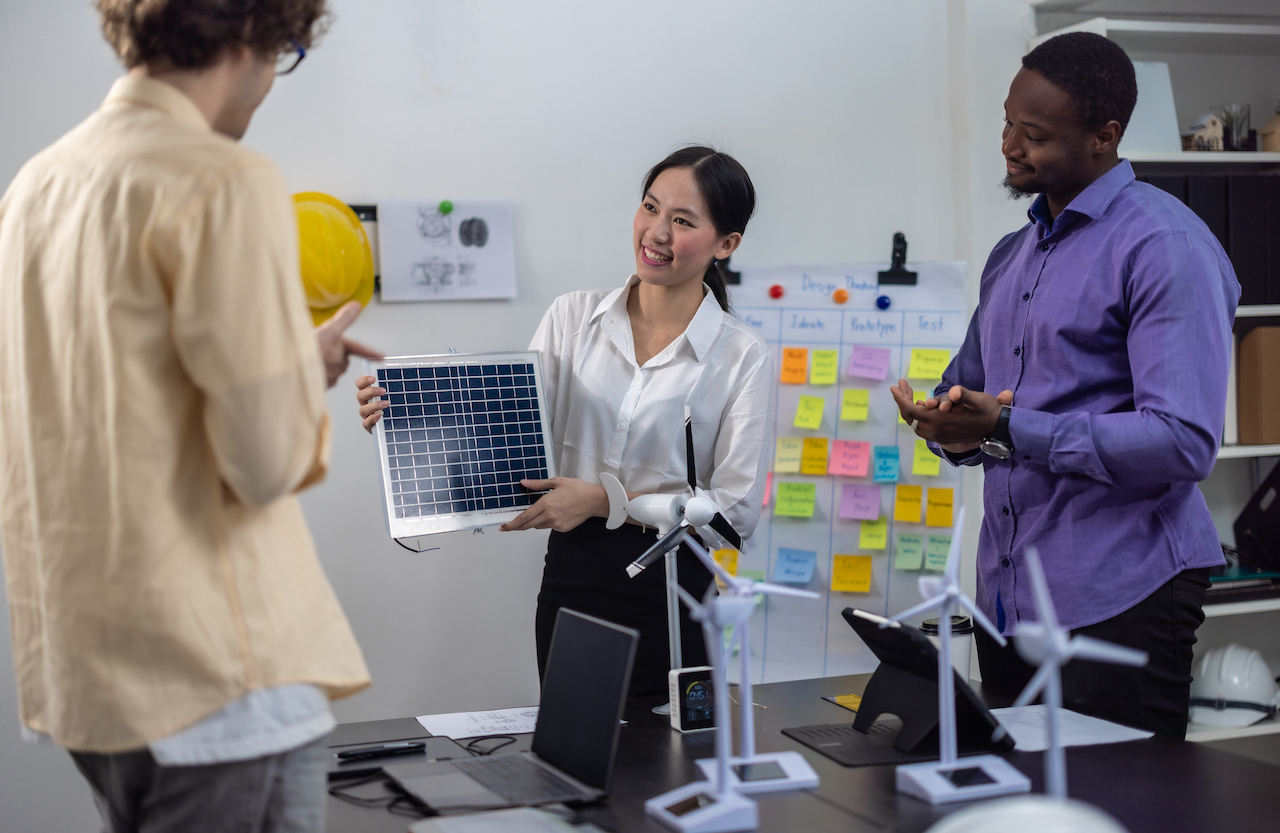Business
The Intersection of Cost Savings and Environmental Impact in Business and Home Energy

Energy efficiency isn’t just good for your wallet; it’s also great for the environment. Whether you’re a homeowner looking to cut costs or a business owner aiming to reduce your carbon footprint, these 10 practices will maximize your energy savings without sacrificing comfort or productivity.
1. Switch to LED Lighting
LED (Light Emitting Diode) bulbs use significantly less energy than traditional incandescent bulbs. They last longer and don’t produce as much heat, which can save on cooling costs in the summer. Swap out outdated bulbs with LED alternatives to start seeing immediate savings on your electricity bill.
2. Invest in Smart Thermostats
Smart thermostats learn your schedule and adjust the temperature in your home or office to optimize comfort and savings. With features like remote control and integration with other smart devices, smart thermostats offer unprecedented control over your energy usage.
3. Use Power Strips
Many electronic devices continue to draw power even when they’re turned off. To combat this “phantom load,” use power strips for devices like computers, televisions, and game consoles. When not in use, simply switch off the power strip to cut power to multiple devices at once.
4. Conduct Regular Energy Audits
Regular energy audits at home or work can identify areas where energy is being wasted. Look for drafts around windows and doors, check insulation levels, and inspect heating and cooling systems for leaks or inefficiencies. Making these adjustments can lead to substantial long-term savings.
5. Properly Maintain Appliances
Dirty air filters, clogged dryer vents, and neglected HVAC systems can dramatically increase energy consumption. Follow manufacturer guidelines for maintenance, such as changing air filters regularly, cleaning coils, and ensuring vents are clear, to keep appliances running at peak efficiency.
6. Adjust Daily Behaviors
Simple changes in personal habits can have a big impact on energy usage. Turn off lights when leaving a room, unplug chargers when devices are fully powered, and use a clothesline instead of a dryer when possible. These are small adjustments that can lead to a substantial reduction in energy consumption over time.
7. Upgrade to Energy-Efficient Appliances
Older appliances are typically less efficient than their modern counterparts. When the time comes to replace a washer, dryer, or refrigerator, choose Energy Star-qualified models. While the initial cost may be higher, the energy savings over the lifetime of the appliance can make up for the difference.
8. Utilize Natural Lighting and Ventilation
Open curtains during the day to rely on natural light and keep indoor spaces well-illuminated. Additionally, use windows and ventilation to manage indoor temperature, reducing the need for artificial lighting and air conditioning. These practices can significantly reduce energy consumption throughout the year.
9. Insulate and Seal Your Home or Office
Proper insulation and sealing can prevent the loss of heated or cooled air, reducing the strain on your HVAC system. Attic and wall insulation, weather stripping, and sealing air ducts are effective methods to improve the energy efficiency of a building.
10. Implement Remote Work and Flexible Schedules
By working remotely or adjusting schedules to avoid peak energy hours, you can lessen the load on energy grids and lower the environmental impact of your energy use. Furthermore, remote work reduces the need for office facilities, minimizing the energy used for climate control and lighting.
Implementing even a few of these strategies can result in significant cost savings and a more sustainable lifestyle. The key is to be mindful of your energy use and make informed decisions that benefit both your finances and the planet.






















